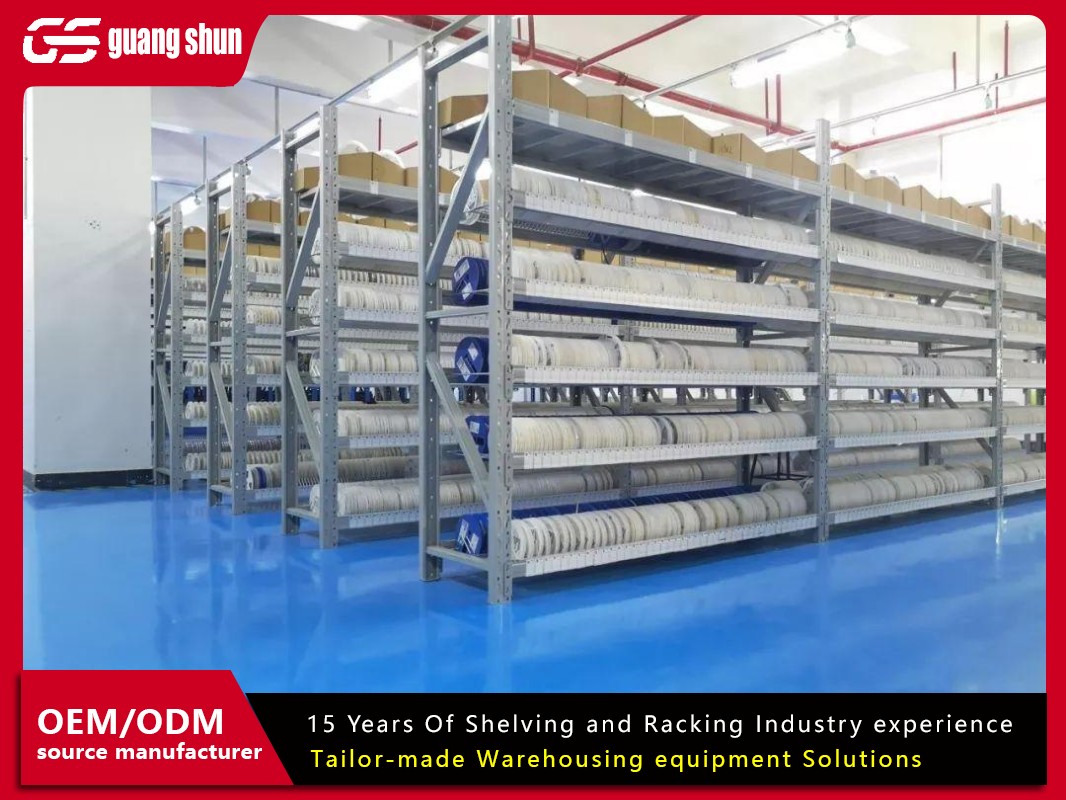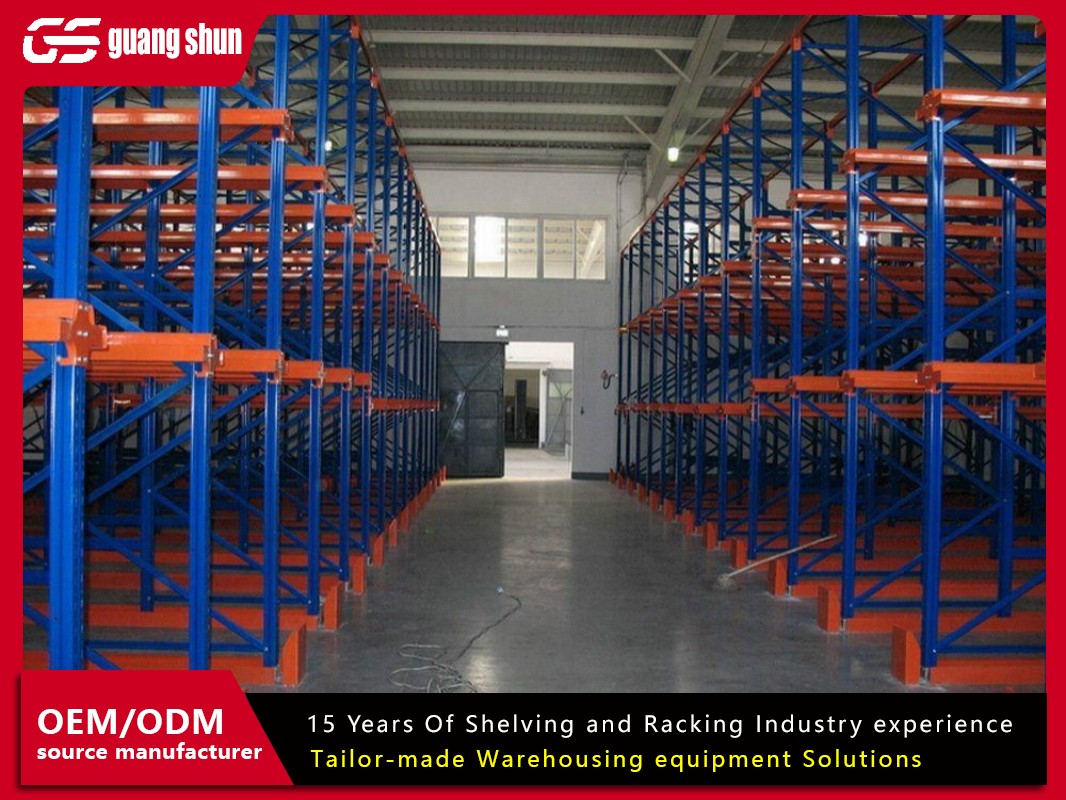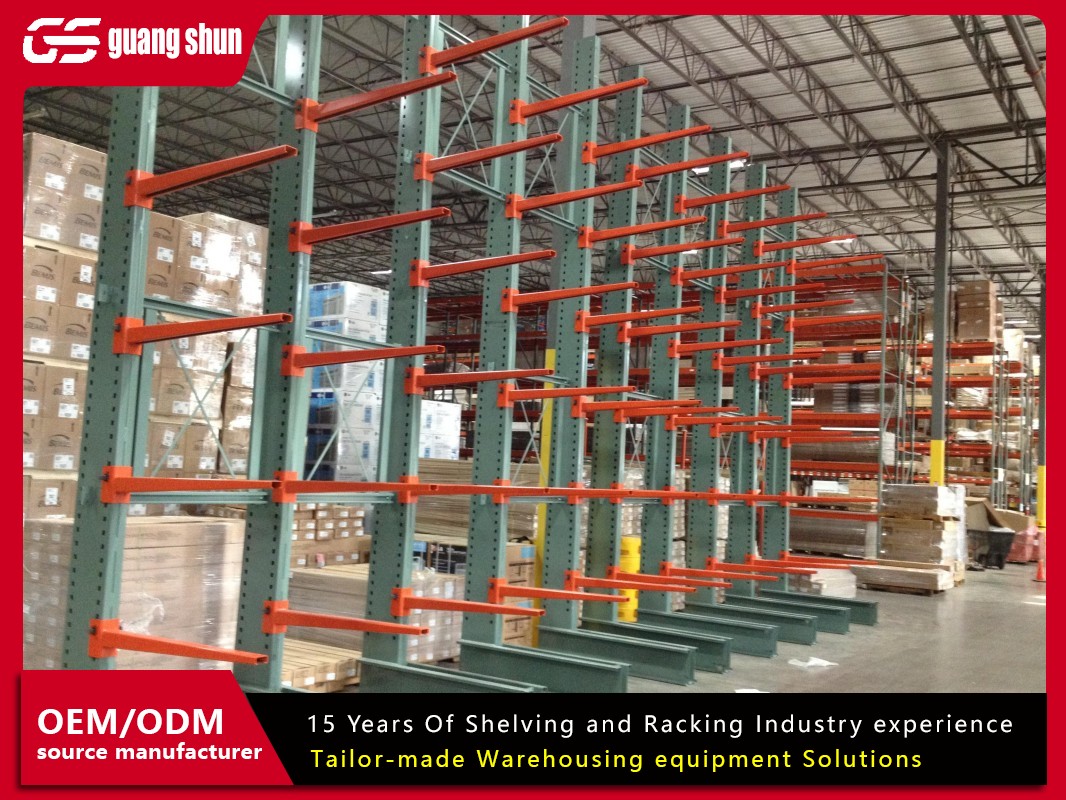In today's fast-paced world, efficient storage solutions are crucial for businesses and households alike. Shelving rack systems have emerged as a versatile and practical answer to organizational challenges, offering a structured way to maximize space and improve accessibility. Whether you're managing a warehouse, a retail store, or simply looking to declutter your home, understanding the ins and outs of shelving rack systems can transform how you handle inventory and belongings. This article delves into the essential aspects of shelving rack systems, providing a detailed overview to help you make informed decisions. From their basic definitions to real-world applications, we'll cover everything you need to know about these indispensable storage tools. By the end, you'll see why shelving rack systems are a go-to choice for those seeking order and efficiency.
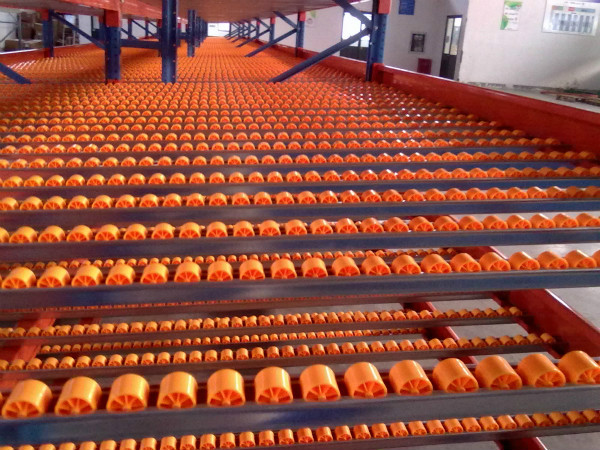
What Are Shelving Rack Systems? An Overview of Their Design and Functionality
Shelving rack systems are structured storage units designed to hold items in an organized manner, typically consisting of frames, shelves, and supports that can be adjusted or customized based on needs. These systems are engineered to utilize vertical space effectively, making them ideal for environments where floor area is limited. The core purpose of shelving rack systems is to provide a stable, accessible, and scalable solution for storing a wide range of items, from heavy industrial goods to retail products and household items. They come in various configurations, such as static racks, mobile units, or pallet racks, each tailored to specific load capacities and spatial requirements. By incorporating durable materials like steel, wire, or wood, shelving rack systems ensure longevity and safety, even in demanding conditions. In essence, they serve as the backbone of efficient storage management, reducing clutter and enhancing workflow. As we explore further, you'll discover how shelving rack systems can be adapted to diverse settings, proving their versatility and reliability in everyday use.
Key Benefits of Using Shelving Rack Systems in Various Environments
Implementing shelving rack systems brings a host of advantages that go beyond mere organization. First and foremost, these systems maximize storage capacity by leveraging vertical space, which is often underutilized in many settings. This means you can store more items without expanding your footprint, leading to cost savings and improved efficiency. Additionally, shelving rack systems enhance accessibility, allowing for easy retrieval and restocking of items, which boosts productivity in workplaces like warehouses or retail stores. Safety is another significant benefit; well-designed shelving rack systems reduce the risk of accidents by preventing overstacking and providing stable support for heavy loads. They also promote inventory management, as items can be categorized and labeled systematically, minimizing errors and losses. Moreover, shelving rack systems are highly customizable, enabling users to adjust shelf heights or reconfigure layouts as needs evolve. This adaptability makes them a long-term investment that grows with your requirements, whether in industrial, commercial, or residential contexts. Overall, the benefits of shelving rack systems contribute to a more organized, safe, and productive environment.
Types of Shelving Rack Systems and Their Specific Uses
Shelving rack systems come in a variety of types, each suited to different applications and load requirements. Understanding these variations is key to selecting the right system for your needs. For instance, pallet rack systems are commonly used in warehouses for heavy-duty storage, featuring upright frames and beams that support palletized goods. These are ideal for high-density storage and can handle substantial weights. Another type is the cantilever rack system, which uses arms extending from a central column, making it perfect for storing long, bulky items like pipes or lumber. In retail environments, gondola shelving rack systems are popular, offering open displays that facilitate customer browsing and easy restocking. For lighter applications, such as in offices or homes, wire shelving rack systems provide ventilation and visibility, while boltless shelving systems allow for quick assembly without tools. Each type of shelving rack system is designed with specific use cases in mind, ensuring optimal performance. By evaluating factors like load capacity, space constraints, and accessibility, you can choose a shelving rack system that aligns with your operational goals, whether it's for industrial storage, retail merchandising, or domestic organization.
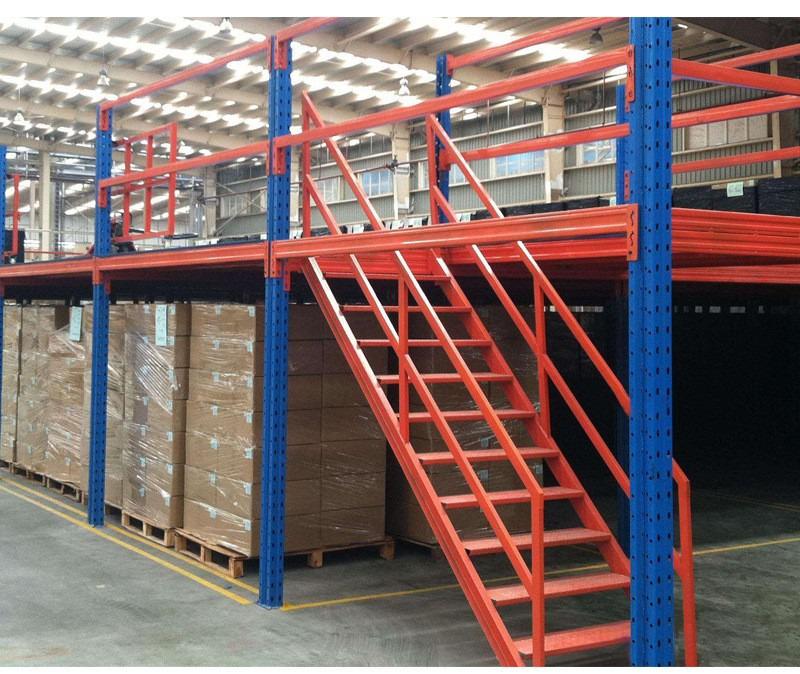
How to Choose the Right Shelving Rack System for Your Needs
Selecting the appropriate shelving rack system involves considering several factors to ensure it meets your storage demands effectively. Start by assessing the weight and size of the items you plan to store; this will determine the load capacity and durability required from the shelving rack system. For heavy industrial use, opt for robust materials like steel, whereas lighter items might allow for wire or plastic systems. Next, evaluate the available space—measure the area where the shelving rack system will be installed to avoid overcrowding and ensure easy access. It's also important to think about adjustability; systems with customizable shelf heights offer flexibility as your storage needs change. Additionally, consider environmental conditions, such as humidity or temperature, which might require corrosion-resistant coatings in shelving rack systems. Budget is another key factor; while initial costs matter, investing in high-quality shelving rack systems can lead to long-term savings through durability and reduced maintenance. Finally, look into safety features like lockable casters or anti-tip designs, especially in dynamic environments. By taking a systematic approach, you can find a shelving rack system that not only organizes your space but also enhances efficiency and safety.
Installation and Maintenance Tips for Shelving Rack Systems
Proper installation and maintenance are crucial for the longevity and performance of shelving rack systems. When installing a shelving rack system, always follow the manufacturer's guidelines to ensure stability and safety. Begin by preparing the site—clear the area, check for level floors, and assemble all necessary tools. For bolt-together systems, tighten connections securely, but avoid over-tightening, which could damage components. If you're dealing with heavy-duty shelving rack systems, consider professional installation to handle complex setups and weight distributions. Once installed, regular maintenance is essential; inspect the shelving rack system periodically for signs of wear, such as rust, bent shelves, or loose bolts. Clean the surfaces with appropriate cleaners to prevent buildup that could weaken the structure. In high-traffic areas, schedule routine checks to reassess load distributions and adjust shelves as needed. Also, train users on proper loading techniques to avoid overloading, which is a common cause of failures in shelving rack systems. By adhering to these practices, you can extend the life of your shelving rack system and maintain a safe, organized storage environment. Remember, a well-maintained shelving rack system not only performs better but also reduces the risk of accidents and costly replacements.
Common Applications of Shelving Rack Systems Across Industries
Shelving rack systems are widely used across various industries due to their versatility and efficiency. In warehousing and logistics, these systems are indispensable for storing palletized goods, raw materials, and finished products, enabling high-density storage and streamlined inventory management. Retail stores rely on shelving rack systems for product displays, organizing merchandise in an appealing way that encourages sales and easy restocking. In manufacturing facilities, shelving rack systems hold tools, parts, and supplies, supporting smooth production flows and reducing downtime. The healthcare sector utilizes them in pharmacies and storage rooms for medical supplies, ensuring items are accessible and hygienic. Even in residential settings, shelving rack systems find applications in garages, basements, and closets, helping homeowners declutter and organize belongings. Each industry benefits from the tailored designs of shelving rack systems, which can be adapted to specific requirements like temperature control or security. By understanding these applications, you can see how shelving rack systems serve as a foundational element in diverse environments, driving efficiency and organization on a broad scale.
Conclusion: Embracing the Efficiency of Shelving Rack Systems
In summary, shelving rack systems are a vital component of modern storage solutions, offering flexibility, durability, and efficiency across multiple domains. From their diverse types and benefits to practical selection and maintenance advice, this article has highlighted how shelving rack systems can address common organizational challenges. By investing in the right shelving rack system, you can optimize space, improve safety, and enhance productivity in any setting. As storage needs continue to evolve, these systems provide a reliable foundation for growth and adaptation. We encourage you to explore further and consider how shelving rack systems could revolutionize your storage approach.
Frequently Asked Questions About Shelving Rack Systems
Q1: What are the main types of shelving rack systems available?
A1: The main types include pallet rack systems for heavy warehouse storage, cantilever racks for long items, gondola systems for retail displays, and wire or boltless shelving for lighter applications. Each type of shelving rack system is designed to meet specific storage needs, such as load capacity and accessibility.
Q2: How do I determine the right load capacity for a shelving rack system?
A2: To determine load capacity, assess the weight and distribution of items you plan to store. Check the manufacturer's specifications for each shelving rack system, and consider factors like shelf material and design. It's advisable to choose a system with a higher capacity than your current needs to allow for future changes.
Q3: Can shelving rack systems be customized for irregular spaces?
A3: Yes, many shelving rack systems offer customization options, such as adjustable shelf heights, varied widths, and modular components. This allows them to fit into irregular spaces, like corners or sloped areas, while maintaining functionality and stability.
Q4: What maintenance is required for shelving rack systems to ensure longevity?
A4: Regular maintenance includes inspecting for damage, cleaning surfaces, tightening bolts, and ensuring even load distribution. For industrial shelving rack systems, periodic professional checks are recommended to address wear and tear promptly.
Q5: Are shelving rack systems easy to assemble, or do I need professional help?
A5: Assembly ease depends on the type; boltless shelving rack systems are generally user-friendly and tool-free, while heavy-duty systems might require professional installation for safety. Always follow the instructions provided with your shelving rack system to ensure proper setup.



